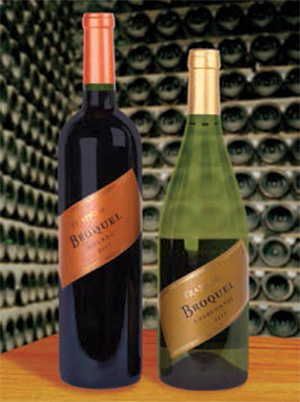 No Llores Por Mi, Argentina
No Llores Por Mi, Argentina
Come with us now to Argentina, famous for the tango, Che Guevara, gauchos, and, increasingly, wine. Like 85 percent of Argentina’s quality producers, Trapiche is located in Mendoza in the north-central part of the country near the eastern foothils of the Andes.
Trapiche was founded in 1883 by Tiburcio Benegas. The winery was privately held for nearly 120 years, and grew to 16,500 acres of vineyards. A consortium of investment bankers acquired the business in 2002, and reduced the area under cultivation to 3,100 acres. The winery also sources fruit from over 200 independent growers, enabling Trapiche to become the largest producer of wine in Argentina. It is a two-time winner of the International Wine and Spirit Competition Argentinian Wine Producer of the Year award.
The winery is committed to biodynamic viticultural practices, which are aimed at preserving the natural properties of crops by eliminating the use of chemicals, herbicides, and fungicides. Biodynamics also strives to sustain ecosystem balance, biological diversity, and to recover bacterial activity in the soil. Organic plant and animal fertilizers are sourced from a farm located at the the winery.
The extensive Trapiche portfolio includes Malbec, Sauvignon Blanc, Cabernet Sauvignon, Pinot Noir, Syrah, Chardonnay, Merlot, Torrontes, Rosé, Viognier, Pinot Grigio, Moscato, and Tempranillo, as well as a yearly set of single-vineyard Malbecs created by winemaker Daniel Pi as a way to show an appreciation for smaller, individual Mendoza growers.
Trapiche Broquel Chardonnay 2011
Trapiche’s Broquel (Spanish for shield) wines are sourced from high-altitude vineyards with the best terriors for each variety. This wine’s lemonade-yellow appearance is complemented by suggestions of grapefruit and ripe melon on the nose. That ripe melon continues in the taste, complemented by honey and spice. The mouthfeel has an unsalted butter roundness and a silky smoothness. The wine was aged for 15 months in 100% new French and American oak barrels.
Try this Chard with Seafood Ceviche, Braised Snapper and Mussels, or Chicken à la Chinita.
Trapiche Broquel Malbec 2011
Malbec is a black-skinned grape variety native to southern France, but now better known as the iconic wine grape of Argentina. Through its success in the vineyards of Mendoza, in a few short decades Malbec has shot from relative obscurity to international fame.
Although some Malbec producers are moving toward a more “international,” fruit-forward style, native Argentinian Daniel Pi prefers the expression of a more traditional approach.
And, yes, the fruit is somewhat recessive in this wine. It is dark garnet in the glass, with good legs (those little rivulets that drain back into the bowl). On the palate I tasted blueberry and black fruits, cocoa, and black-tea tannins. It ends with a moderate-length finish.
This wine will go nicely with Braised Rabbit in Unsweetened Chocolate Sauce, Flank Steak Filled with Spinach and Pistachios, or Grilled Venison.
https://www.trapichewines-usa.com/tier/broquel/
Top of page: https://winervana.com/blog/

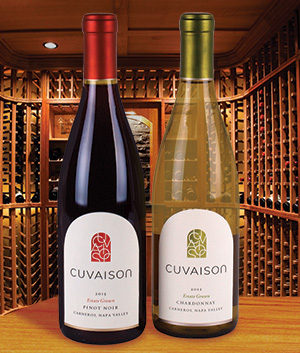 Mean, Green,
Mean, Green,
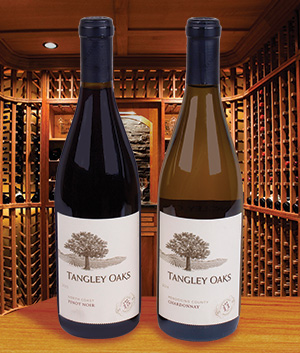 Négociant [nay-goh-SYAHN] is the French word for “dealer” or “merchant,” and is used in wine circles to denote an individual or company that negotiates, sells, and ships wine as a wholesaler. Traditionally, négociants have often handled all aspects of wine production except the actual farming, including purchasing grapes, making the wine, blending, bottling, and shipping. In some transactions, there is another intermediary: a courtier or “wine broker,” who helps establish the price paid by a négociant to a small producer. Some of the better known French négociants are Barton & Guestier, Calvet, Cordier, Moueix, and Sichel.
Négociant [nay-goh-SYAHN] is the French word for “dealer” or “merchant,” and is used in wine circles to denote an individual or company that negotiates, sells, and ships wine as a wholesaler. Traditionally, négociants have often handled all aspects of wine production except the actual farming, including purchasing grapes, making the wine, blending, bottling, and shipping. In some transactions, there is another intermediary: a courtier or “wine broker,” who helps establish the price paid by a négociant to a small producer. Some of the better known French négociants are Barton & Guestier, Calvet, Cordier, Moueix, and Sichel.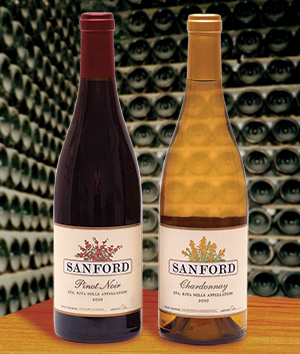
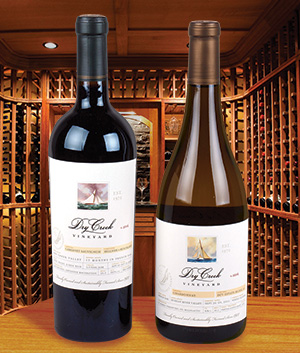 Come Sail Away
Come Sail Away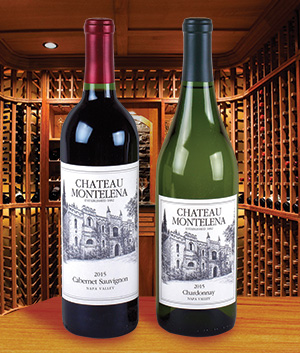 Can’t Keep ‘em Down on the Farm After They’ve Seen Puhree
Can’t Keep ‘em Down on the Farm After They’ve Seen Puhree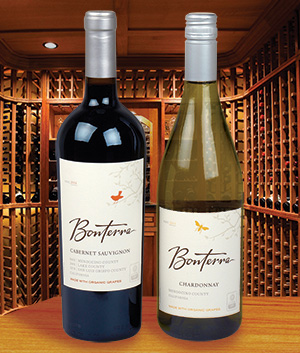 Bonterra Vineyards has been a pioneer in organic farming in California. The vines were planted in 1987, and the first wines were released in 1992, long before organic products were widely available in America. Bonterra believes that organic grapes produce the purest expressions of the varietals and land on which they are farmed.
Bonterra Vineyards has been a pioneer in organic farming in California. The vines were planted in 1987, and the first wines were released in 1992, long before organic products were widely available in America. Bonterra believes that organic grapes produce the purest expressions of the varietals and land on which they are farmed.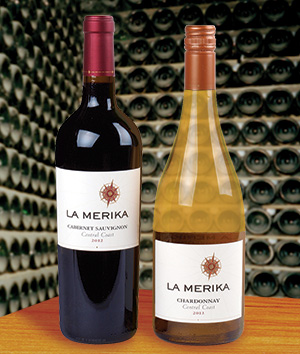 I Took a Trip Down to
I Took a Trip Down to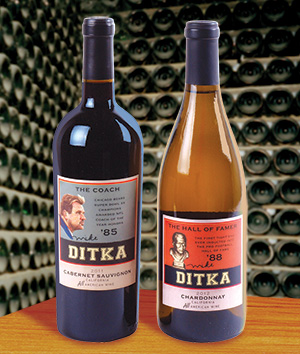 Da Wine uh Da Coach
Da Wine uh Da Coach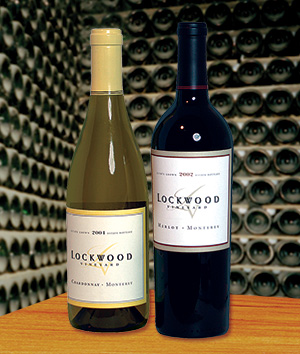
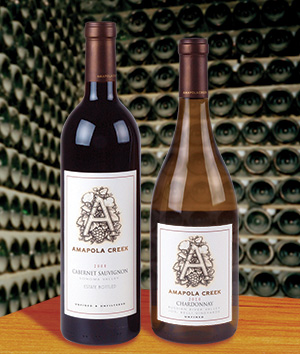 After a legendary career of over 45 years toiling in the vineyards of Sonoma County, Richard Arrowood opened his final winery, Amapola Creek, in 2005. Amapola is Spanish for “poppy,” and the creek that bears the name runs through the estate. When in bloom, the golden poppies line the creek and offer a lovely sight with the vineyards and mountains in the background.
After a legendary career of over 45 years toiling in the vineyards of Sonoma County, Richard Arrowood opened his final winery, Amapola Creek, in 2005. Amapola is Spanish for “poppy,” and the creek that bears the name runs through the estate. When in bloom, the golden poppies line the creek and offer a lovely sight with the vineyards and mountains in the background.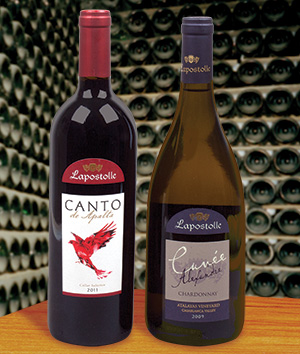 Between the Mountains
Between the Mountains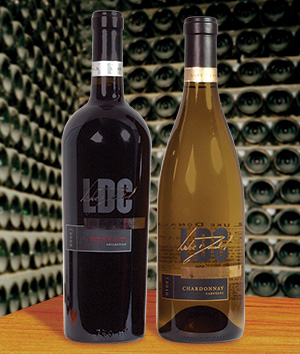 The Donald
The Donald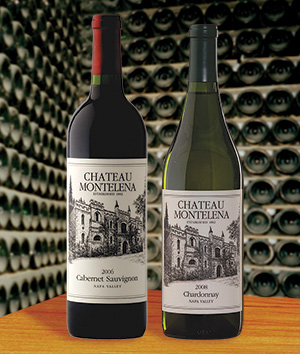 An American in Paris
An American in Paris